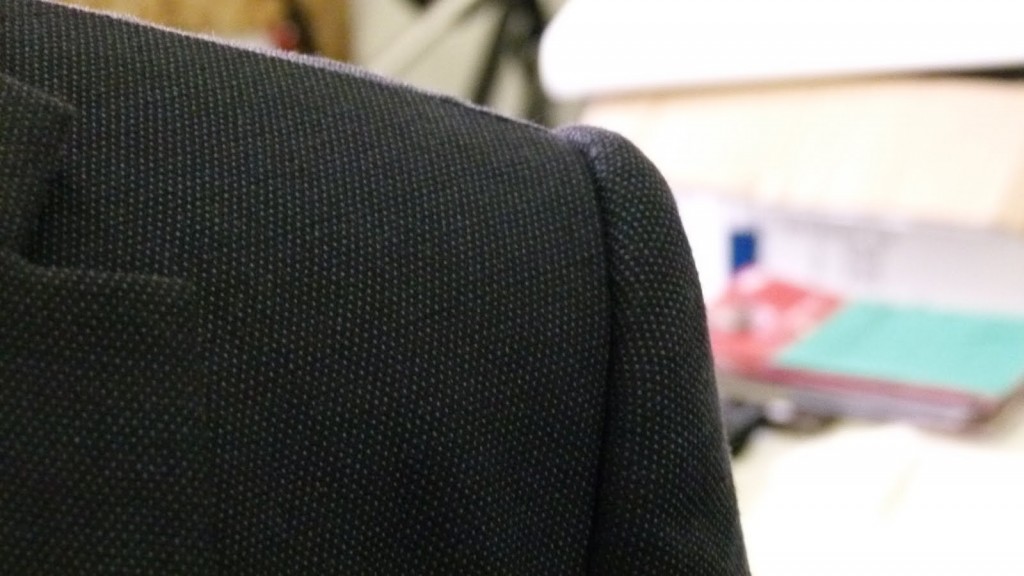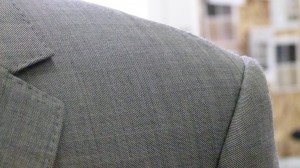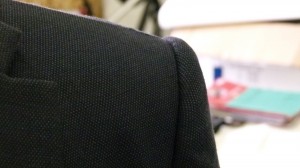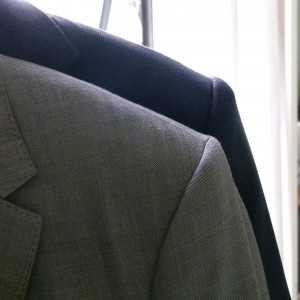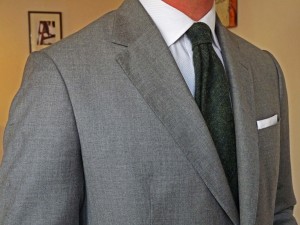Things to think about.
Another unintended post on vents today! This time the inspiration was from another downtown walk – from The Landing in Gastown towards Howe and Dunsmuir.
The Mistake:
In this case I counted 4 guys walking with their hands in their pockets while wearing a single-vent suit jacket. In itself the hands in the pockets is not a problem – it’s how you execute the maneuver though that can cause trouble.
Below is an image of what a single-vent jacket looks like in relation to a two-vent jacket when viewed from the back with hands in the pockets:
Right off the bat you’ll notice that the two-vent jacket on the right looks much cleaner when the hands are in the pockets. The back flap operates independent of the side panels thus your seat is always covered and there are no strains on the jacket itself. With the single-vent on the left the vent gets pulled open – this both exposes your seat and creates an unnatural pulling effect on the back of the jacket right above the vent itself. Furthermore you’ll also notice that right hand is not even in the pocket – if this was the case then the exposure of the seat and the pulling effect would be substantially worse.
The Solution:
It’s quite simple – always go for your pockets from the front of the jacket. Start with your hands at the front opening and sweep back until you reach the pockets. This way the excess cloth of the jacket is pushed to the back and the vent itself is never opened. An added bonus is that it looks very clean from the front – judge for yourself:
An added tip – as you sweep the cloth back roll the front underneath itself. This keeps your silhouette cleaner as it reduces the visual bulk above your pockets.
Take care – and as always if you have any questions don’t hesitate to get in touch.
Michael
info@martinfishertailors.com



